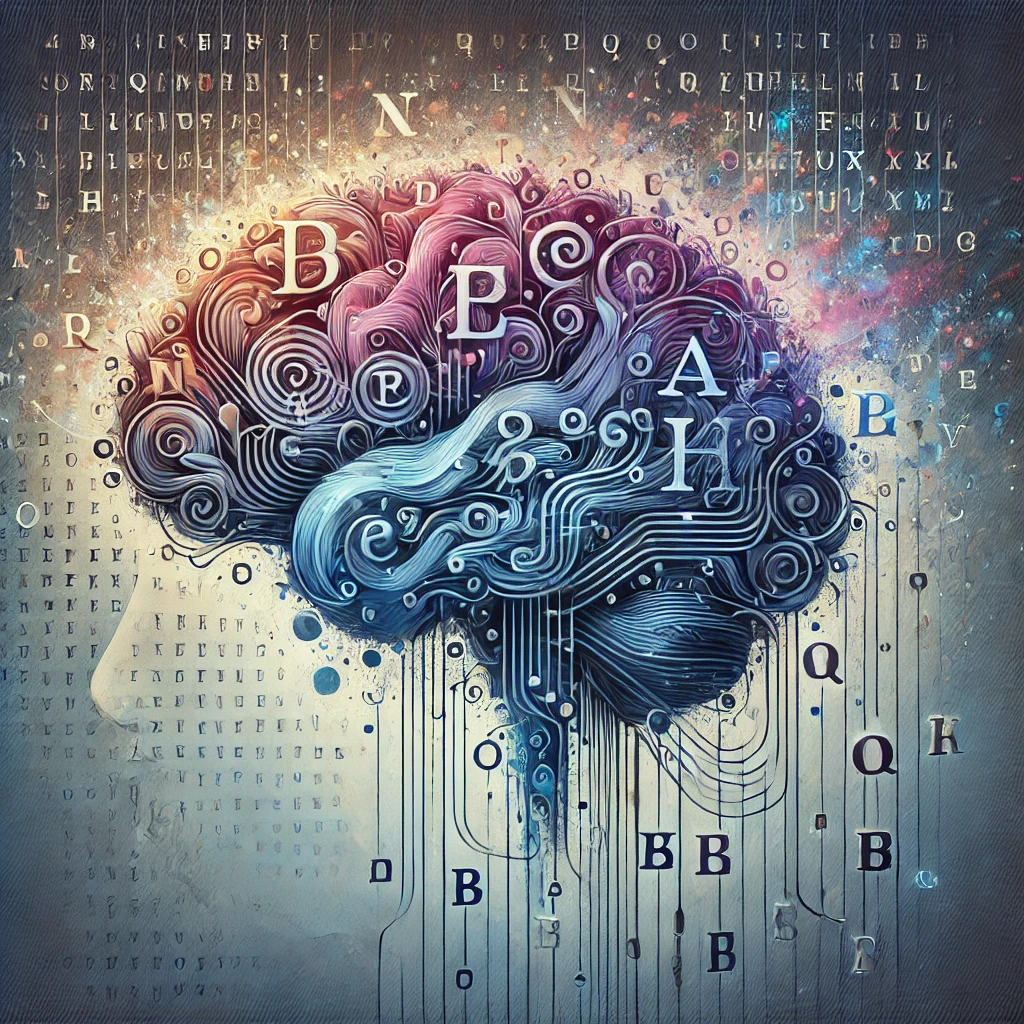By Charlotte White
Dyslexia is the largest population group amongst neurodivergent people. For example, there are many more people with dyslexia than ADHD or autism. In The Guide for Educators, it is stated that 10% of the population is dyslexic (Australian Dyslexia Association, 2023). Yet, many teachers do not know what it is, what it looks like, and how to support students who are dyslexic.
What is Dyslexia?
Dyslexia is not a deficit in intelligence; it is a different way of thinking. Dyslexia affects students' reading, writing, letter and sound relationships, pronunciations, spelling, processing, and memory. Decoding new words for some people with dyslexia can be very difficult. Some can find mathematics challenging as it has its own language made up of symbols, rules, instructions, sequences, and notation (ADCET, 2025). However, there are many positive elements unique to people with dyslexia. They can think more holistically, i.e., looking at the whole picture, not just the smaller elements. This includes being able to set long-term goals and not getting bogged down by small details. Students with dyslexia tend to have interesting insights into various problems, topics, or subjects. As these students have needed to learn in different ways compared to most people, they can contribute unique responses to class discussions due to their different perspectives on problems.
In my experience, students with dyslexia tend to have high emotional intelligence, excellent verbal skills, and visual thinking (the processing of information through what they see, i.e., pictures). Geiger et al. (2020) found an added bonus, ‘dyslexic people have great peripheral vision’, i.e. when reading they could identify words from a wider field of vision. The benefit of this is the extra information they can take in.
Early intervention is so important. I have seen firsthand the difference it makes when dyslexia is picked up early and support is put in place. It really can make the difference between students succeeding or failing academically and generally within the school environment. If any of the symptoms below are witnessed and you do not know of a diagnosis, then talk to the caregiver/s, other teachers, aides, support people who may have had the student in the past and seek professional help from a psychologist.
Common Emotions Felt by Students with Dyslexia
• Frustration
• Isolation from peers and/or teachers
• A lack of intelligence and/or confidence
• Inadequacy
• Embarrassment
Symptoms to Look Out For
Some symptoms can be similar to attention deficit hyperactivity disorder (ADHD) i.e., students might find it difficult to retain or retrieve information, they might find information difficult to process, and organisational skills might be lacking. They might show difficulty in concentrating and be restless.
When Reading
• They might be slow
• They could trip over words
• Not pronounce letters/letter blends
• Not relate phonemes (sound) with graphemes (letter/s)
• Use a totally different word to the one that is written
• Become exhausted after decoding words
• Lack comprehension of what was read
Writing
• Use the incorrect grapheme for a phoneme
• Reverse letters and/or words
• Find high-frequency words difficult
• Have scrawly writing/difficulty following the lines or beginning at the far left of the page
• Take longer than their peers
• Not match their writing to their verbal presentations
Other Symptoms
• Fall or trip
• Knowing left from right
• Being able to tell the time
• Having inner drive
• Make poor behavioural choices
Strategies
• Give one-on-one support if possible
• Break down instructions
• Give instructions and information in different ways
• Repeat information
• Use diagrams/pictures
• Use videos/audio i.e., audio books and recording ideas
• Have students build what they are visualising
• Give students learning tasks ahead of time (i.e., to take home) so they have a chance to prepare before the lesson
• Ask regular questions to see if the student comprehends
• Use multimodal methods of teaching
• Have multisensory lessons
• Allow extra time on laptop/iPad if it assists
• Allow extra time on tasks
• Use speech/dictation software if available and applicable
• Display timetables and try to keep to a routine
• Have a quiet learning environment
• Have available cue cards/word mats/other useful information on cards
• Allow verbal presentations
• Use Thinking Routines (both teacher and student) where pictures and diagrams can be used to get information across
• Use mind and concept maps
• Use highlighters/textas with colours representing different items
• Have manipulatives and visual aids accessible
In conclusion, I have just touched the surface of what we can do as teachers and educators. We can make a substantial difference to the life trajectory of a student with dyslexia. Early intervention and support have been proven to work - I have seen it in my own classroom. It can mean the difference between a student passing or failing academically, having confidence in their abilities, being socially adept and comprehending what is going on. Early intervention can change the enjoyment of a student’s learning, school environment and cultivate a lifetime of understanding.
Reference
ADCET. (2025). Understanding Dyslexia: unlocking potential in dyslexic students. ADCET News. University of Tasmania. Australian Government. Retrieved from https://www.texthelp.com/en-au/resources/inclusive-education/understanding-dyslexia/
Australian Dyslexia Association. (2023). The Guide for Educators. Retrieved from https://dyslexiaassociation.org.au/guide-for-educators
Geiger, W., Smith, J., & Taylor, R. (2020). Peripheral vision in dyslexic readers. Journal of Educational Psychology, 112(3), 456-467. https://doi.org/10.1037/edu0000378
